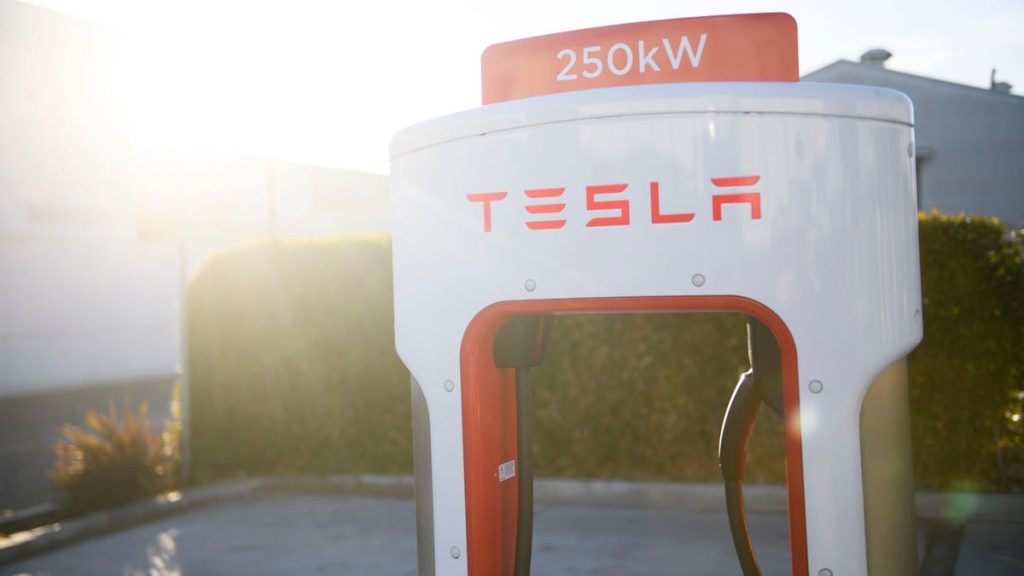Tesla Wants Its Chargers to Be the New Universal Standard

Photo: PATRICK T. FALLON / Contributor (Getty Images)
After previously announcing plans to open up its Supercharger network, Tesla announced today that it’s asking automakers and charging networks to adopt its charging connector and charge port designs, calling it the North American Charging Standard. According to Tesla, since “it has no moving parts, is half the size, and twice as powerful as Combined Charging System connectors,” it’s the obvious choice for a charging standard similar to the one we have for USBs.
The press release points out that there are more than twice as many chargers using Tesla’s connector as there are CCS chargers, and its Supercharger network is 60 percent larger than every CCS charger combined. If companies actually agree to do this, drivers of other brands’ EVs would be able to use Tesla chargers, and Tesla drivers wouldn’t need an adapter to use non-Tesla chargers.
On the one hand, trusting Tesla is a big risk for other automakers. Especially since Tesla CEO Elon Musk is busy doing his best to burn Twitter and $44 billion to the ground. But on the other hand, the current charging infrastructure for non-Tesla EVs sucks. Chargers are frequently broken, and it can be hard to justify owning one if you don’t have access to charging at home.
Can you make an EV work without home charging? Sure. I did it when I lived in LA for a while after someone mangled the charging cable I used at my apartment. Was it pleasant? Not at all. People love to block public chargers with their gas-powered cars, and even though Electrify America had already installed several chargers at the grocery store I frequented, they still weren’t online when I moved away.
Maybe there’s a catch that someone smarter than me can spot, but even if there is, it may still be worth it. The number of EVs for sale in the U.S. is only going to continue to increase, so it’s probably better to settle on one charging standard before they become even more widespread than they already are.



